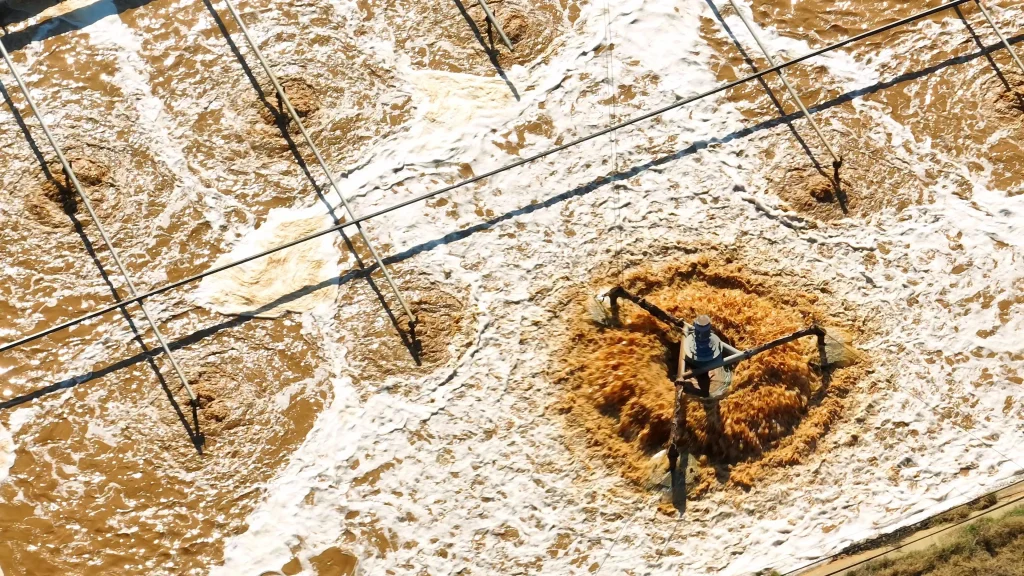The main purpose of wastewater treatment is to ensure that any solids and pollutants are removed from the water before it is returned to the environment. In doing so, we protect public health, keep our communities safe, and preserve natural ecosystems.
At Automation Products Group, Inc. (APG), we build sensors that help wastewater facilities run more efficiently and reliably. This handy guide will break down the different types of wastewater, the steps in the treatment process, and how our sensors can further improve the wastewater treatment.
Types of Wastewater
Wastewater comes from a variety of sources, and each one has its own challenges:
- Residential Wastewater—Water from homes and apartments, with sources such as toilets, sinks, bathtubs, showers, laundry equipment, kitchen sinks, and dishwashers.
- Commercial Wastewater—Water from non-domestic sources, such as beauty salons or auto body repair shops.
- Industrial Wastewater—Heavily dependent on the industry. Varies based on both scale and chemical make-up, but can come from oil and gas industries, food processing plants, and steel productions plants. It’s typically pre-treated before it’s released into the sewer system and the wastewater treatment plant.
- Stormwater—This water usually falls on city streets, picking up debris such as motor oil, leaves, dirt, cigarette butts, trash, and other contaminants.
The challenge is to unify multiple sources of wastewater into one entity for effective treatment and possible reuse.
What’s In Wastewater?
There are several possible wastewater contaminants, such as: organic materials, infectious viruses, bacteria, oils, microplastics, sediments, and potentially hazardous non-organic compounds. While individual industrial water users can customize their wastewater treatment to the specific contaminants remaining from their processes, commercial wastewater treatment must be more generalized, because the contaminants aren’t constant. Wastewater treatment systems and methods have to account for the anticipated variety of waste types.
Wastewater Treatment Process
Manual physical filtration and separation are the first steps in wastewater treatment. A series of screens with increasingly-smaller grids set in forced-flow allows for the removal of all but the smallest foreign objects, while settling pools, skimmers, and oil-water separators can remove fats, oils, and greases, referred to as FOG.
Microbes and Wastewater
Some of the options for treating the remaining wastewater include microbes with oxygen, microbes without oxygen, chemicals, and UV light.
- Aerobic systems use oxygen to foster the growth of microbes, usually requiring mechanical mixing for maximum oxygen-biomass interaction.
- Anaerobic systems, on the other hand, do not use oxygen, preventing all the odors of the accumulated biomass from escaping into the local environment.
Why Instrumentation Matters
No matter how you treat wastewater and no matter how many processes you use, your system will need measurement instruments and control systems. Point level detection and continuous level monitoring are important parts of the wastewater treatment process. The right sensors keep the process running smoothly and help prevent costly downtime.
Here are a few common solutions:
- Continuous float level transmitters – track levels in tanks or ponds with sludge
- Float switches – Provide simple, reliable pump control.
- Ultrasonic or Radar Level Transmitters – Offer precise, non-contact water level monitoring
- Pressure sensors – Monitor pipes and lift stations to keep everything flowing
If you manage a wastewater treatment system and are looking for new or replacement sensors, we can help. Our Measurement Experts can guide you to the best solution for your application, keeping your operation running at its best. Reach out to us today!
WRITTEN BY

Sami T.
Sami Thompson is APG’s Marketing Technical Writer and has been with the company since 2022. With a master’s degree in English from Utah State University and a 40-page thesis publication under her belt, Sami has a demonstrated strong writing background. In her free time, Sami enjoys reading and birdwatching.


